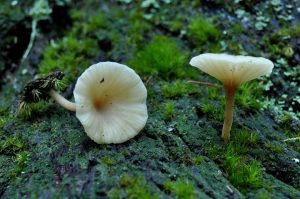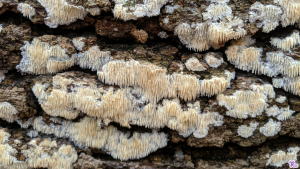#086: Morchella esculentoides, a Yellow Morel
It’s morel season! Keep an eye out for these beautiful, tasty mushrooms now through late may! There are a few species of Yellow Morels in North America, but Morchella esculentoides is the most common one.







![#011: Characteristics of Kingdom Fungi [Archived]](https://www.fungusfactfriday.com/wp-content/themes/hueman/assets/front/img/thumb-small-empty.png)


